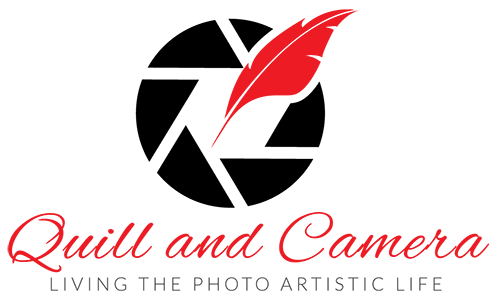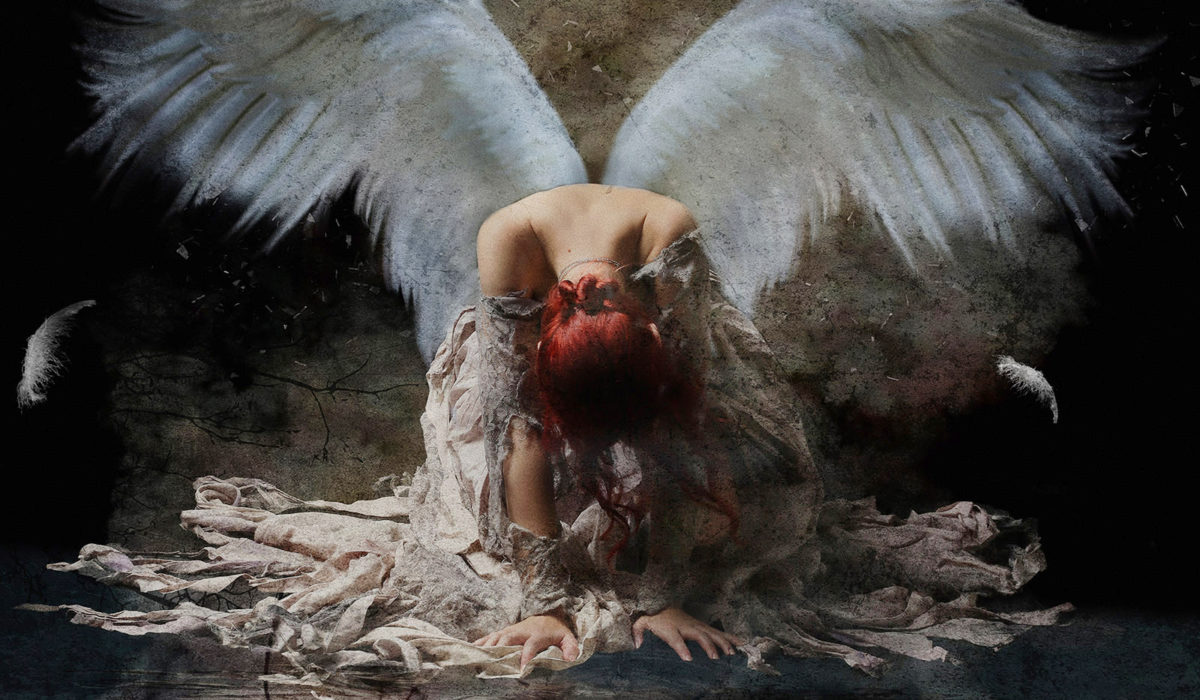— The featured artist of the 52nd issue of Living the Photo Artistic Life magazine, AWAKE artist Christine Stevenson has proven herself in high style this past year, and I’m pleased to interview her here on Quill and Camera . . .
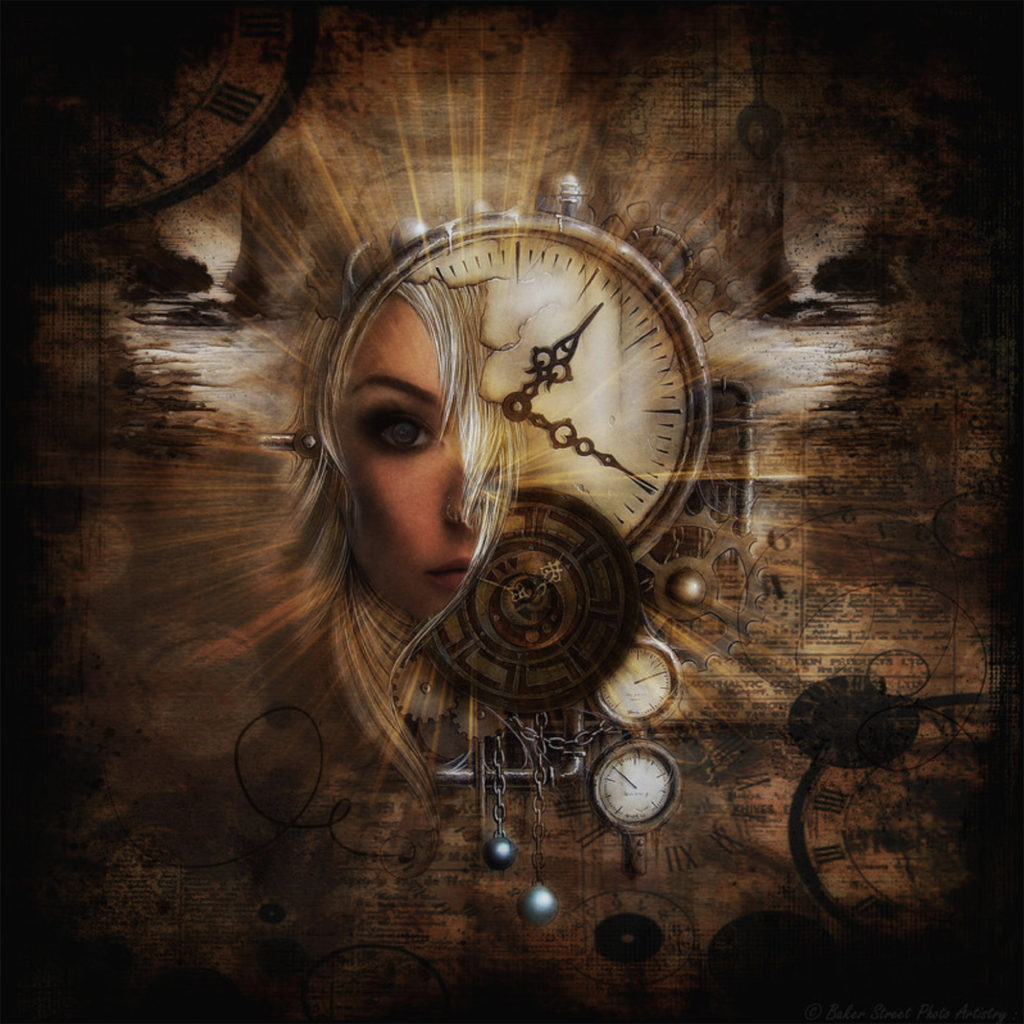
Q. What was it that first brought you to digital photo artistry?
About 5 years ago, I decided I needed a hobby of some sort, so I decided to take up photography. I had done some photography in high school, learning how to develop film, and I really enjoyed that, so I thought I would take it up again, only this time with a digital camera. Only I soon realized I had no idea how to work it, and the book was completely confusing, so I looked up colleges that taught digital photography and signed up to do cert 3 and cert 4 in a twelve-month course.
I still wasn’t satisfied, however, so I continued on until I earned a diploma. By then I certainly mastered my camera and learned heaps about the history of photography, and the business side of it as well, but I had a small problem: I still couldn’t really use Photoshop. So I had to be very professional with taking my pictures as I had only the basic Lightroom editing to work with.
In time, I became quite proficient in macro photography, portraiture, and landscapes, but something was missing. It didn’t seem enough to just take the pictures anymore. I needed do more to them. So one night I noticed on my Facebook page the course on Photoshop Artistry. I promptly went on the site and was blown away with what I saw. I sent Sebastian an email telling him my dilemma and he got back to me and told me he could have me using Photoshop in no time. So I signed up, and that’s where my real journey began.
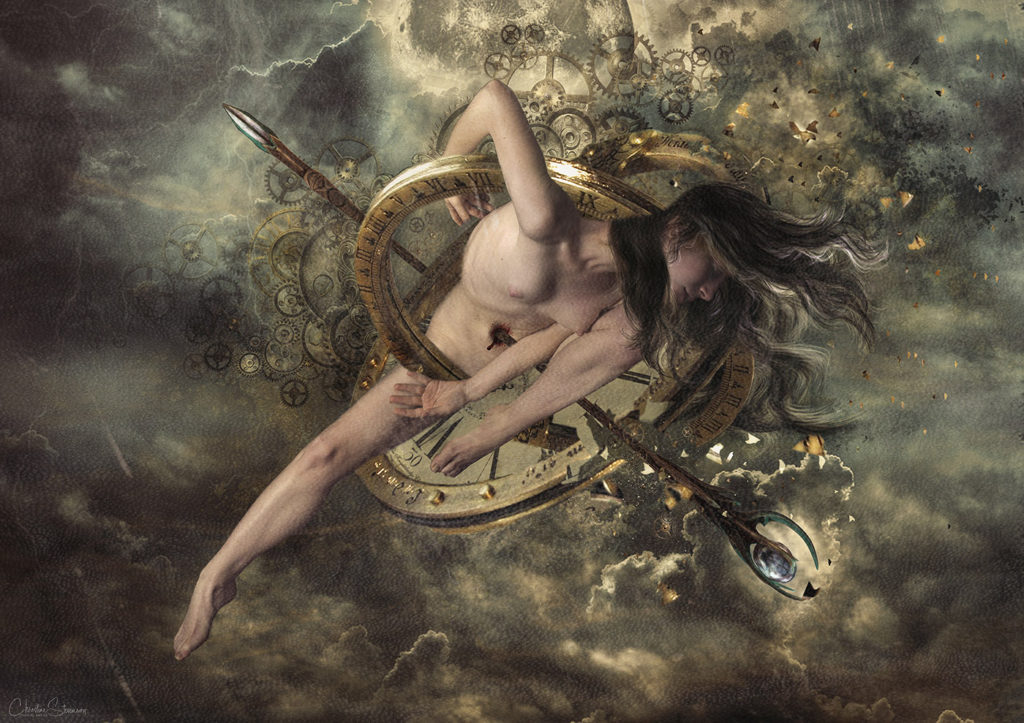
Q. What inspires you as an artist?
I would honestly have to say everything inspires me anymore. When I joined AWAKE two years ago, I was in awe of all the incredible artwork being produced. The creativeness and detail in some of the work was incredible, and at the time I never in a million years believed I would be creating artwork like that myself. So I gathered as much inspiration as I could by working through the tutorials and listening to everything Sebastian said. He was the most inspiring mentor I could ever have.
I also gather inspiration from looking online at the old masters. And I love painters like Salvador Dali, Rene Magritte, Jean Frances Millet, and heaps more. They are all tremendously inspiring.
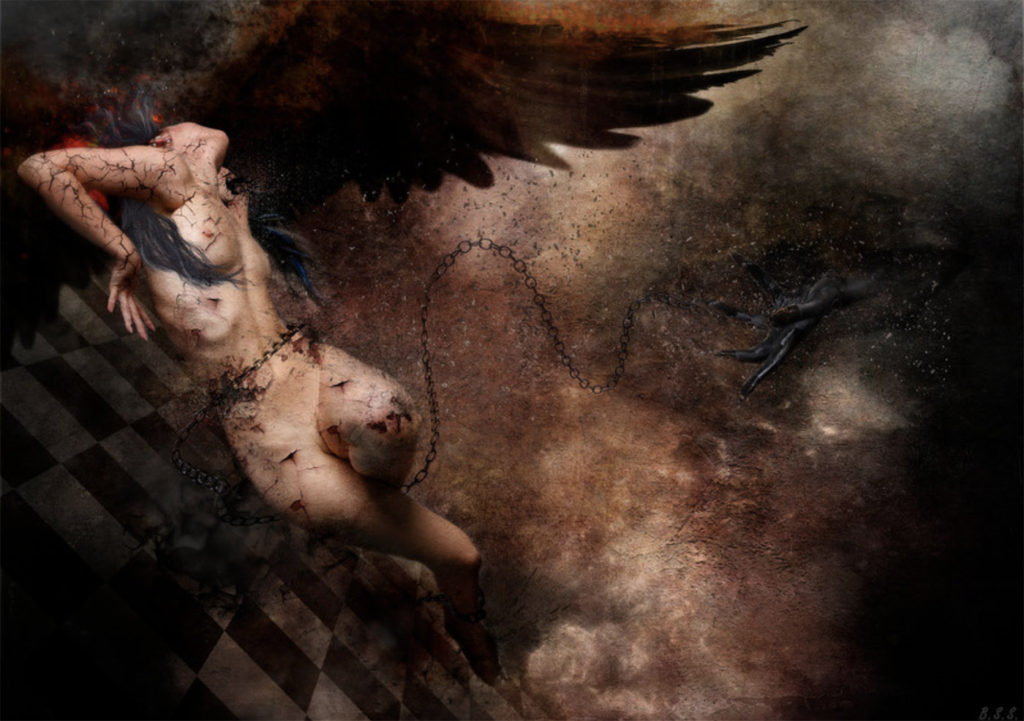
Really, I believe you don’t have to look very hard to find inspiration. It’s everywhere. You can find inspiration in old secondhand shops, in cafes, in the people you meet each day, in books that you read, in movies.
And in a way, inspiration is in all of us if we just look within and tap into our imagination. If you are dedicated to your art, you will find it there waiting for you.
Q. What does “Living the Photo Artistic Life” mean to you?
It means I can be myself and express myself in ways I never thought possible. It’s like a best friend. It consoles me when I am sad and pushes me to be more creative. In a way, it has become my psychoanalyst, opening up a door in my brain that I never knew I had.
I find I can create not only pictures but stories to go with them. And poetry. Living the photo artistic life has also taught me balance and to be at peace with myself. I now have structure in my life, where I can totally lose myself in my art work and still feel in command. And this opens up endless possibilities.
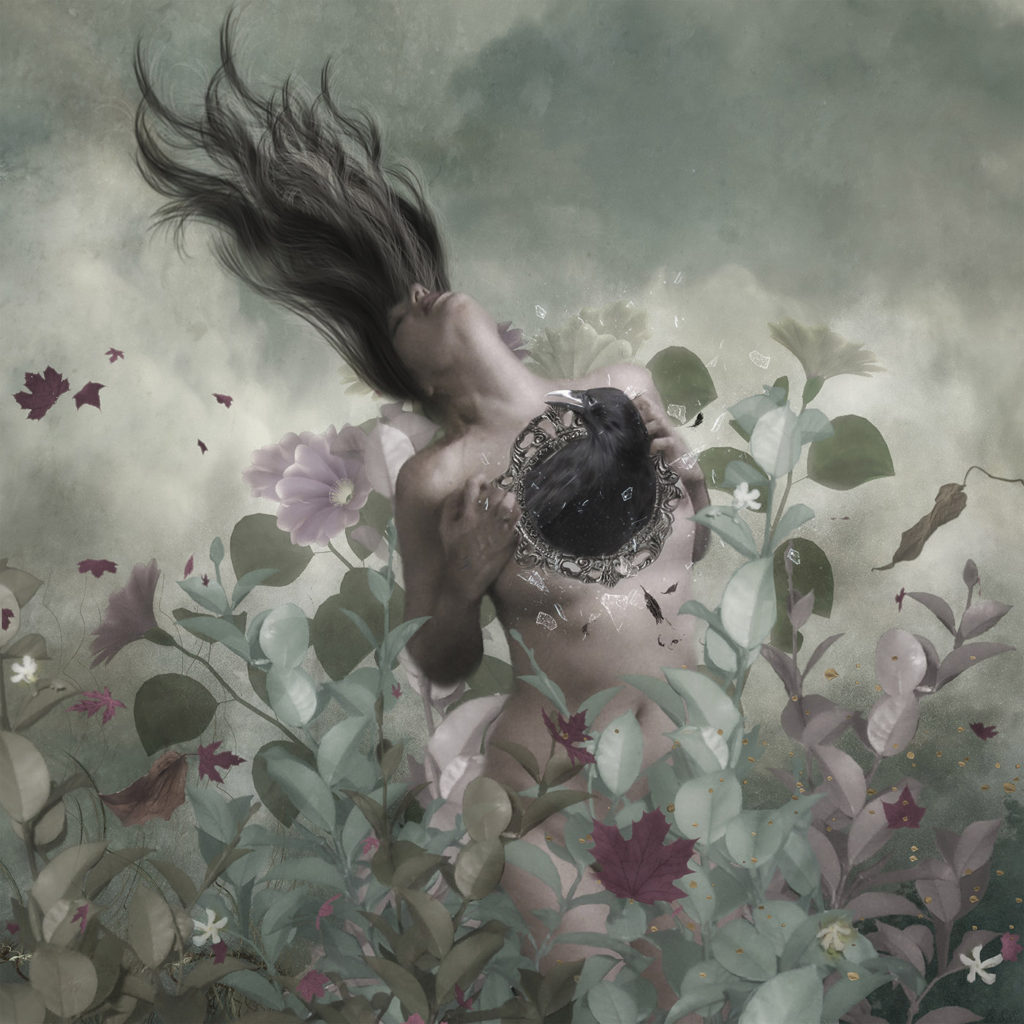
I love it when people come to see my art and they immerse themselves in my pictures. And the feelings they sometime express when looking at my art — it provides me the most incredible satisfaction.
As many of the artists in our private group know, I have been very ill for the past four months, and I still have a ways to go, but I am recovering … And during my illness I started a piece of art that I was able to add little things to, bit by bit, when I was able to sit up. While working on the piece, I monitored my blood pressure (because with the type of illness I have, my blood pressure gets really high); and believe it or not, working on my art actually lowered my blood pressure. Creating art has such a calming effect, and takes my mind off the pain. And in those moments I’m working, I find real peace, because I think I’m able to reflect everything subconsciously into my artwork. So I’ve found that my art has helped with my healing as well.
Q: How do you typically approach your work?
I guess it all begins when I see a picture or maybe some idea pops into my mind, and it really starts from there. I usually begin with a blank canvas and just add a light-colored texture for the base to get me started … And if I have an idea in my head I could spend hours thinking about it before I really go much further. But then I’ll start looking for the right textures, find a model photo I want to work with, and begin assembling all the little bits and pieces I think I might require. Then the process really begins. I cut out my model first and I place her on the page. And I could then spend an hour or so just looking at her clothes, thinking about her hair, her expression, the way she is standing or sitting — all of this matters when you first get started because when you use a model she becomes the main character in the story you’re telling. So it’s important to me to get her right. Then the idea behind the piece really begins to take shape and my workflow begins … It can take me hours (or even a couple of days sometimes) to get the main piece worked up, and I might still be making changes for months before it really feels finished.
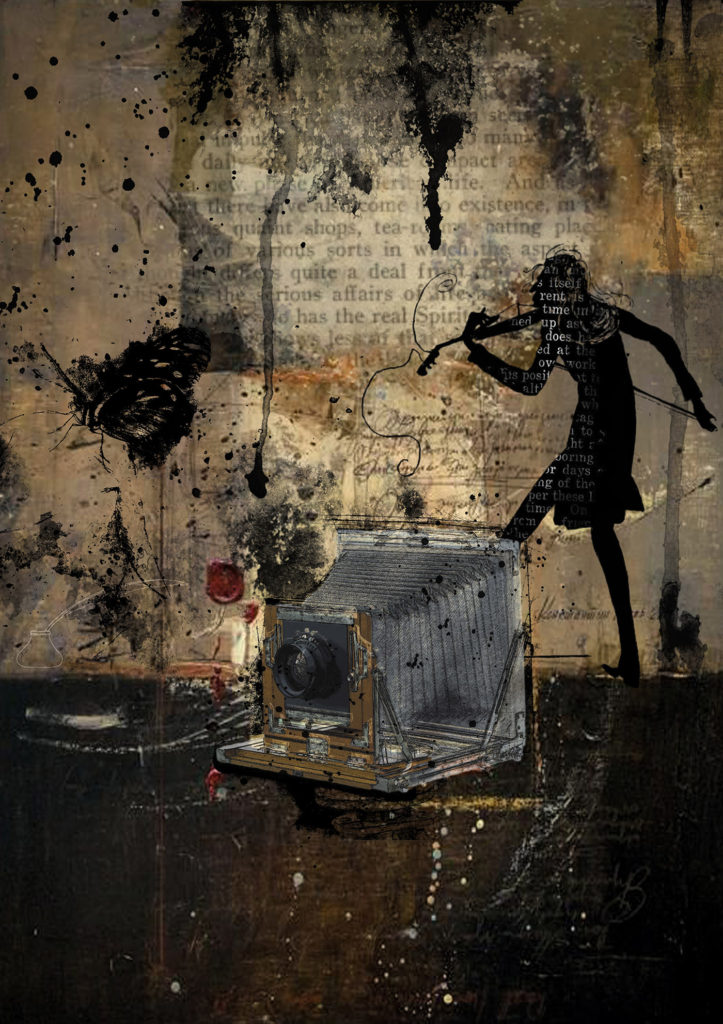
Q: What are you most proud of as an artist?
Two years ago I was visiting a place not far from where I live called the Old Paper Mills. I had gone down there to do an event shoot for a band, and I absolutely loved the place. It had old buildings everywhere, mostly run down but with creative potential. I inquired with the owner if he had any places to rent that didn’t cost too much and was told there was one old shed to rent. He got his keys and took me up and showed me the shed, and I took one look and thought, “No way. What am I going to do with this old thing?” The floor was covered in puddles of water, there were holes in the old rust tin walls, it was a wreck. I thanked the owner and went back to the band I was shooting, and by the time I had finished taking pictures a little seed began to grow in my mind about that old shed … I thought to myself, “Why can’t I apply what have learned in AWAKE and treat it as if it were a Photoshop project?” So I went back to the owner and told him I would take it. Well, this project took me 8 long months, putting in 12 hours a day, 7 days a week, but in the end it was everything I imagined I wanted in a studio.
I put up my artwork and opened to the public. It was nerve-wracking to say the least, but I opened and people visited and many were asking me about how I created my art. It was a real learning curve for me, but it came with a lot of satisfaction. And I was continually amazed with the stories shared by the visitors. It’s a wonderful feeling having them look at your work and each find such different interpretations in each piece. To me that is succeeding in what I do. It’s not about making heaps of money; it’s about making people happy. And I think my little gallery has done that.
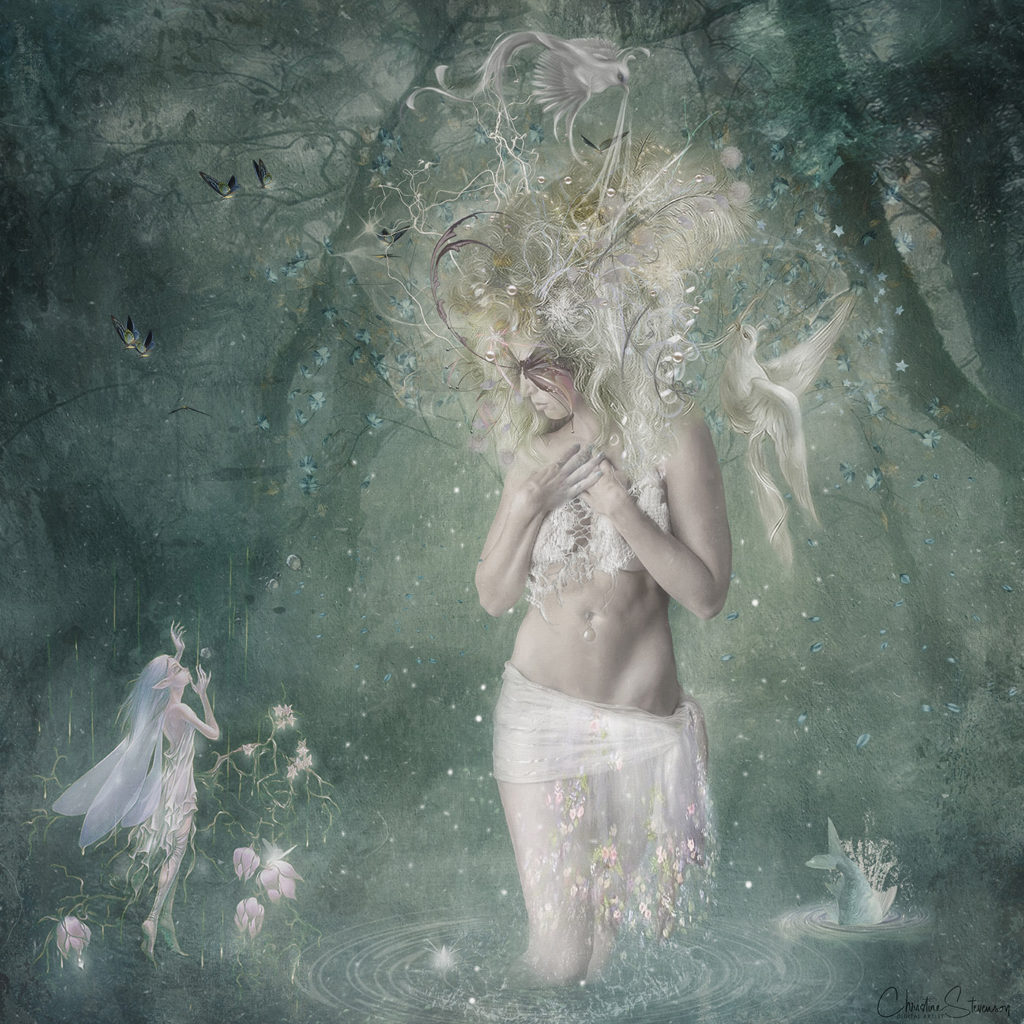
Q. Any advice for other aspiring digital artists?
If you’re just starting this incredible journey, my first piece of advice is listen to Sebastian and learn from what he has to share. And then — practice! It doesn’t matter if your artwork at the start isn’t great. The more you create the better you will get.
I found the 5-minute “finger exercises” Sebastian encourages us to create were an excellent starting point. Every great artist in AWAKE and KAIZEN had to start somewhere, and many great pieces seem to originate in even short exercises like this.
And I also recommend now and then just making some time for a little reflection: go out for a walk, find a nice spot you may like to go when you need to clear your mind, and make sure you have your phone or camera and a notebook just in case you see something that inspires you or have an idea strike you. Then go home and try to create something from it.
And most of all do not be afraid to express yourself. Be proud of what you create, and never let anyone tell you you’re not good enough. Believe in yourself and create a lot of art. Do that and you can’t imagine what you can achieve.
.
You can find more of Christine’s work on her portfolio page here: https://artboja.com/art/91d3by/
